In the race to find critical minerals, there’s a ‘gold mine’ literally at our shoreline
By Jesse Nichols – Grist
The world is on the brink of a new “gold rush.” Except this time, countries are rushing to control the minerals required for solar panels, wind turbines, and batteries. And instead of continuing to dig tunnels or pits, some scientists are looking to a promising — but challenging — source of minerals that has tormented researchers for decades: seawater.
The ocean holds far more than just water and salt. Pretty much every naturally occurring element on the periodic table can be found in seawater, from gold and silver to lithium, cobalt, and nickel.
Legal Notice / Disclaimer
Ahead of the Herd newsletter, aheadoftheherd.com, hereafter known as AOTH.Please read the entire Disclaimer carefully before you use this website or read the newsletter. If you do not agree to all the AOTH/Richard Mills Disclaimer, do not access/read this website/newsletter/article, or any of its pages. By reading/using this AOTH/Richard Mills website/newsletter/article, and whether you actually read this Disclaimer, you are deemed to have accepted it.
Share Your Insights and Join the Conversation!
When participating in the comments section, please be considerate and respectful to others. Share your insights and opinions thoughtfully, avoiding personal attacks or offensive language. Strive to provide accurate and reliable information by double-checking facts before posting. Constructive discussions help everyone learn and make better decisions. Thank you for contributing positively to our community!
2 Comments
Leave a Reply Cancel reply
You must be logged in to post a comment.



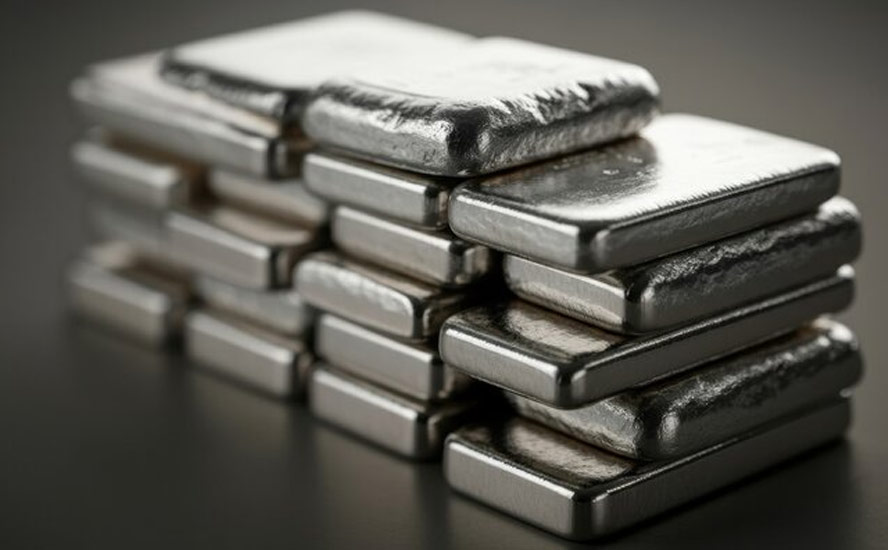


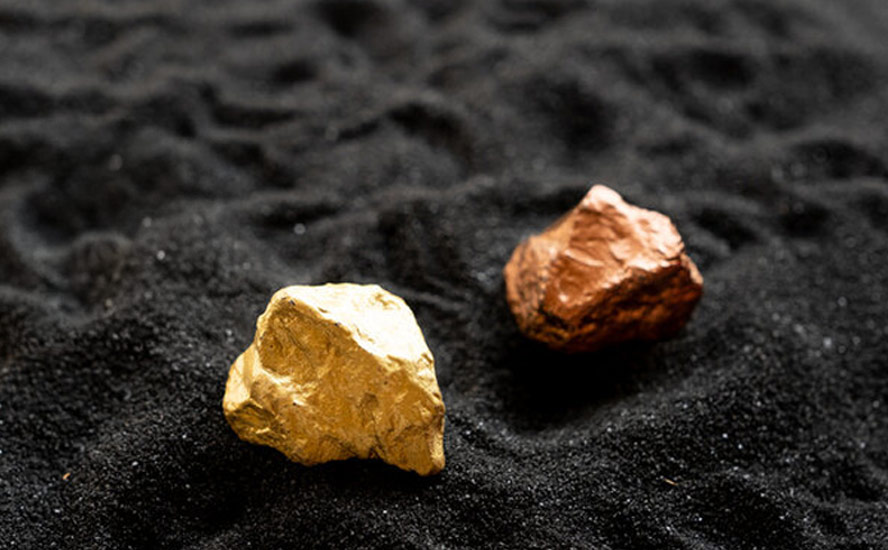


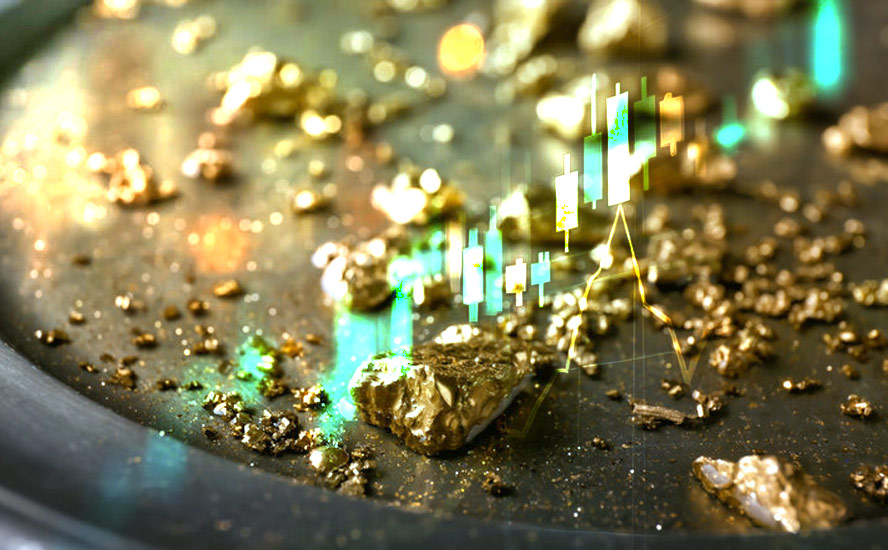

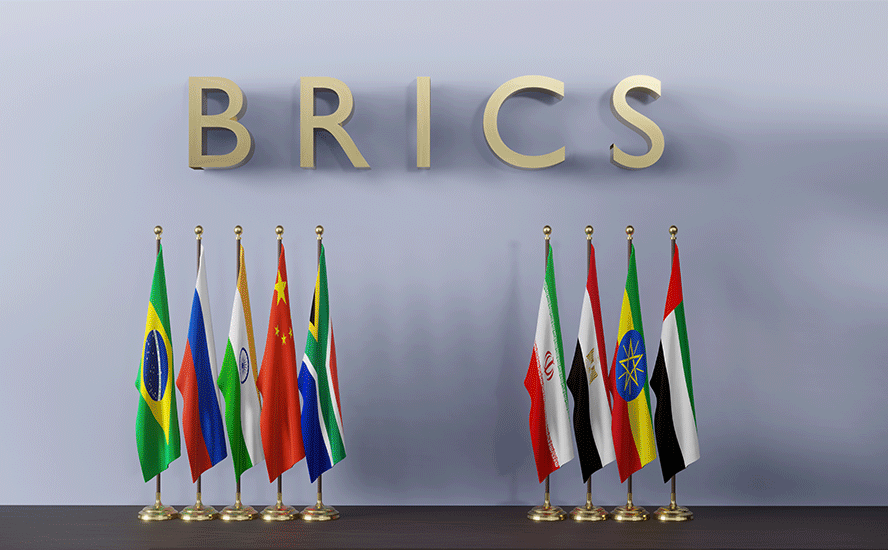

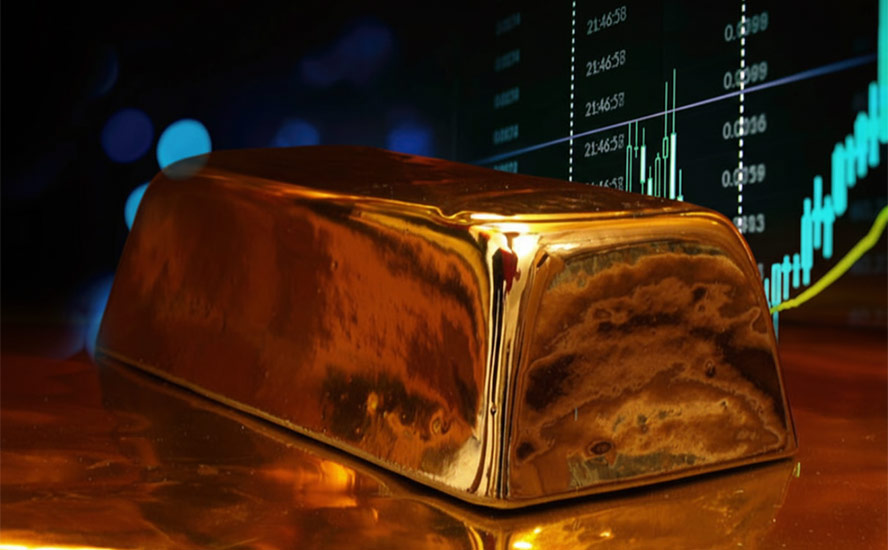
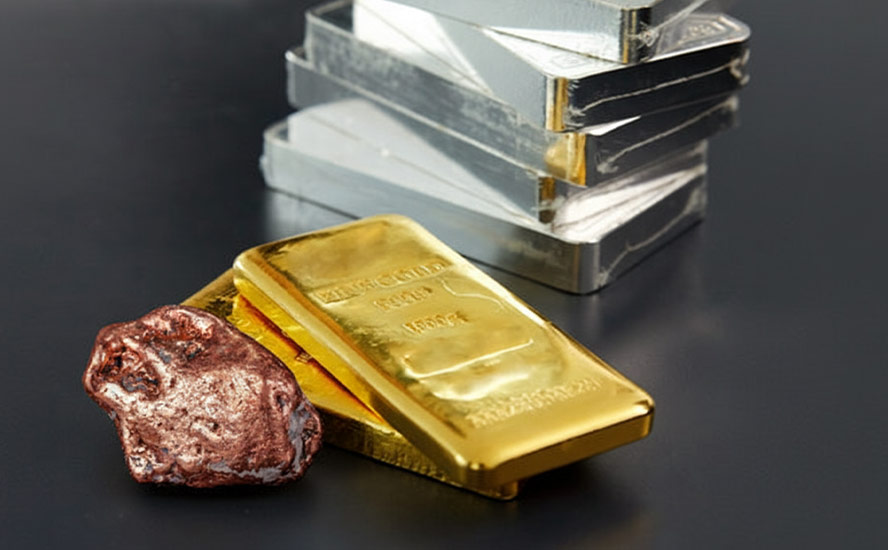





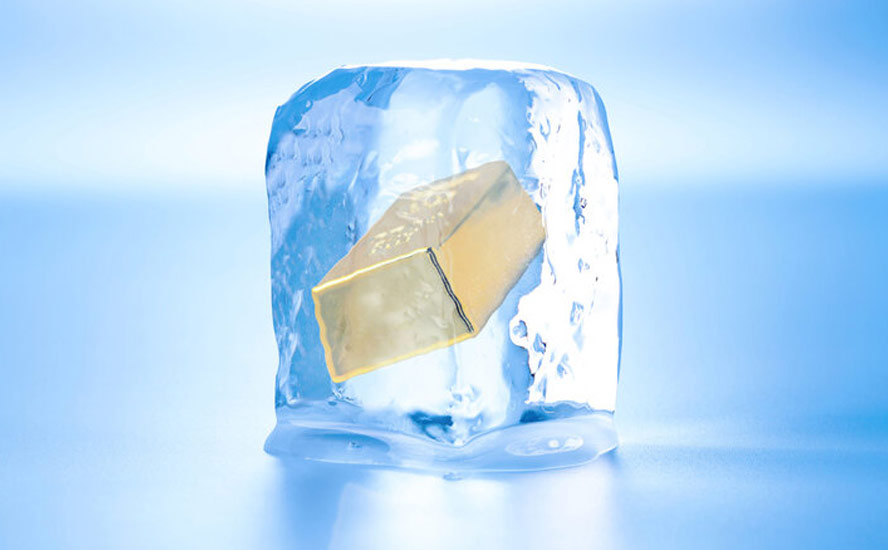
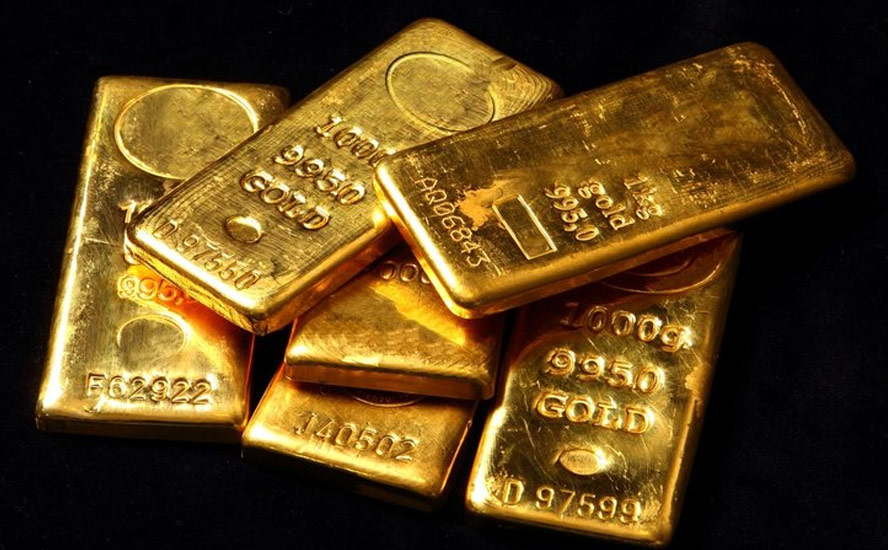
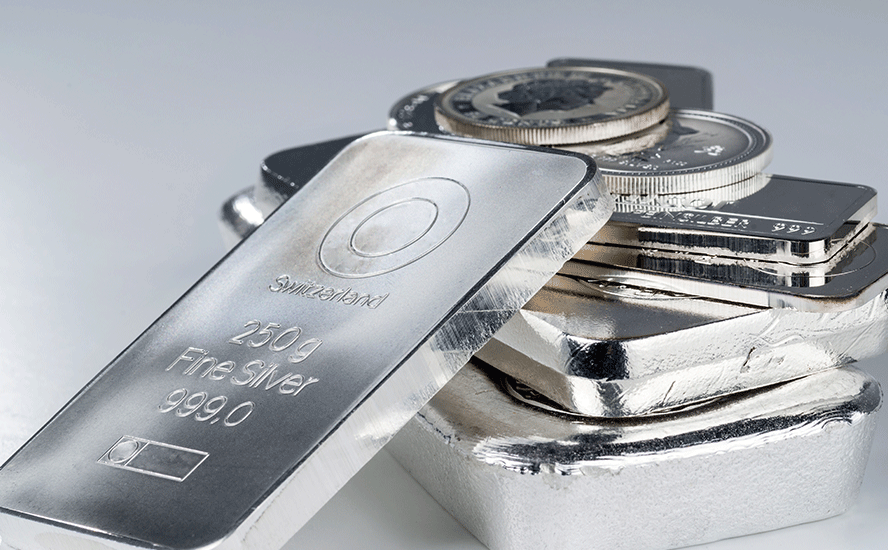
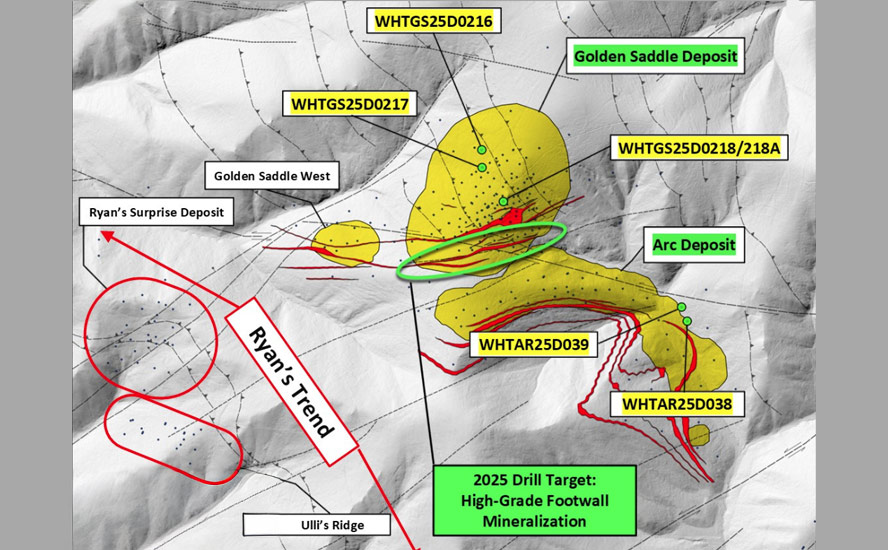
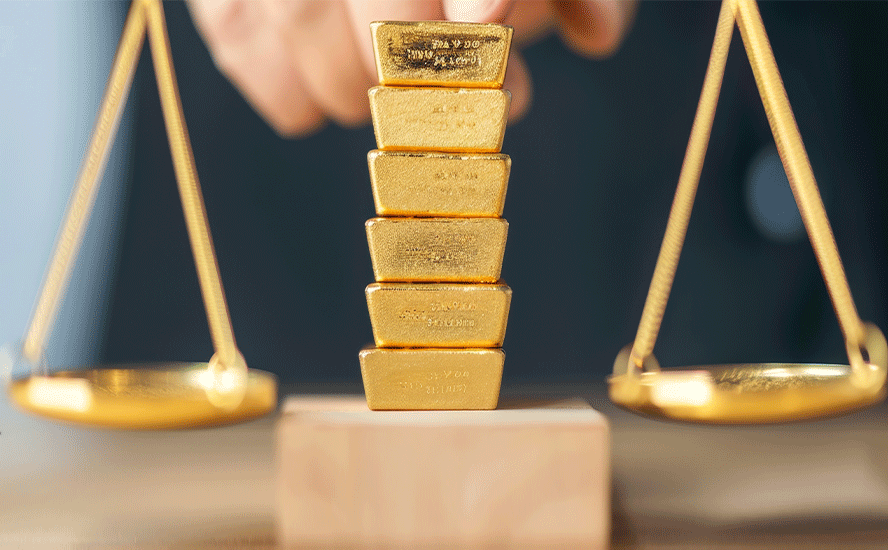



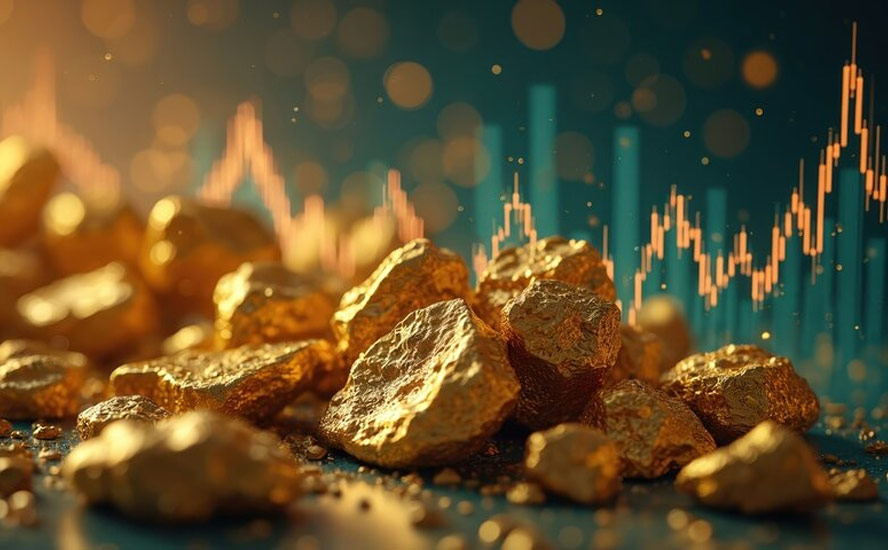
#goldrush
#everynaturallyoccurringelementontheperiodictablecanbefoundinseawater
The Hunt for Critical Minerals Can’t Lead the US Astray
China dominates production of several key ingredients of modern militaries and economies. That’s no reason to strong-arm Ukraine, buy Greenland or invade Canada.
The preoccupation with mineral resources is understandable. China dominates the mining and refining of several raw materials needed to produce key building blocks of modern militaries and economies, from semiconductors to radars and electric-vehicle batteries. Efforts to reshore supply chains have made halting progress: Opening new mines and processing facilities is expensive, time-consuming, environmentally fraught and commercially challenging when Chinese companies can raise or lower production to control prices.
A new executive order signed last week aims to streamline permitting, open up federal lands to mineral production, and unlock funds for mining and processing projects. But more can be done. Although the Pentagon says it’s on track to develop a “mine-to-magnet” supply chain to meet defense needs by 2027, for instance, current stockpiles are too small to handle even a relatively short cutoff in supplies. Funding and inventories should be boosted to insure against a more protracted conflict.
https://www.bloomberg.com/opinion/articles/2025-03-28/us-needs-critical-minerals-threats-are-a-bad-way-to-get-them?srnd=homepage-canada&sref=bsUD5q46 $GPH